That is why Tue decided to become a YouTuber, naming the channel "Tue Pleiku goes and tells", mainly disseminating general knowledge about the folk culture of the Central Highlands that he has experienced and researched for a long time.
K'nia tree - one of the symbols of the Central Highlands - PHOTO: VAN CONG HUNG
I was stunned, yes, it's been a long time, I haven't seen K'nia!
I remember when I first came to the Central Highlands, in the early 1980s, there were a few things that we, the fresh graduates of the Faculty of Literature, tried to find out in detail. One was Mr. Nup, aka Hero Nup, who was then the Chairman of the Vietnam Fatherland Front of Gia Lai - Kon Tum Province. Two was Xanu, because almost everyone in that generation had studied Xanu Forest or The Country Stands Up , and three was the K'nia tree.
When I published it in the newspaper, that xà nu tree, simply a pine tree, is almost everywhere in our country, but now in the birthplace of the work Xà Nu Forest , it is very rare, and the Xo Man village in the work, now it is in another place, and the sun is blazing, there is not a single xà nu tree, so many people are... shocked. A literature teacher who is considered to be good told me: "In front of the classroom where I teach is a big pine tree, every day during recess I sit on a stone bench under it to rest, without knowing it is a xà nu tree".
Well, what can we do? Like the K'nia tree, it's not a "specialty" that only the Central Highlands have. There are many in the plains. It's called the civet tree or the civet tree, depending on where you call it.
So why did the K'nia tree become a symbol of the Central Highlands, like the xà nu tree, like Mr. Núp? Because it is a character in a literary and artistic work. The poet-musician duo Ngoc Anh and Phan Huynh Dieu together breathed life into the K'nia tree to make it immortal over time, becoming a Central Highlands specialty, through the song Shadow of the K'nia Tree .
Ngoc Anh was a cadre who worked in the Central Highlands battlefield before 1975. At that time, among the works "sent from the South", there was a song called Shadow of the K'nia Tree which was recorded as: "folk song, collected and translated by Ngoc Anh". Later, his comrades in arms "exculpated" him, all affirming that Ngoc Anh composed it, but he named it that way to make it popular.
I remember when poet Thanh Que edited a book about poet Ngoc Anh, I was asked to ask and write about Mr. Ksor Kron, who was then the Secretary of the Gia Lai Provincial Party Committee, and who had previously treated Ngoc Anh when he was burned by a kerosene lamp in the Kon Tum war zone while preparing for a cultural night. Mr. Ksor Kron told me in detail about Ngoc Anh, especially about Ngoc Anh's last days. And the story of the later search for the remains of martyr Ngoc Anh was quite thrilling.
It can be said that there are two types of trees that literature and art have turned into specialties of the Central Highlands, forever of the Central Highlands, no one can argue, even though people can find them in many places in our country. They are the xà nu tree and the K'nia tree.
In Ngoc Anh's poem, there is a line "Where do the tree roots drink water/drink water from the Northern source?" Later, someone joked that the K'nia tree roots are the longest of all trees. But it turns out, once in Chu Prong district, in a cemetery area, I saw the K'nia tree roots, and they were really long.
K'nia is a plant with long, taproots - PHOTO: VAN CONG HUNG
That is the village's secondary "water drop", a section of which has eroded, revealing a very long K'nia root, several meters long and still not finished. A tree expert told me that K'nia is a taproot tree, and the roots are proportional to the height of the tree. If the tree is 1 meter tall, the roots are already 1.5 meters, if the tree is 2 meters tall, the roots are 3 meters.
There were three-story secret tunnels that all relied on the taproots of the K'nia tree as pillars. If the taproots were accidentally cut, the K'nia would die immediately and the secret tunnel would be exposed, so our cadres relied on the tree roots to dig tunnels. K'nia is a type of tree with a very strong vitality. Even when the entire forest was burned or died from Agent Orange, the K'nia would still be green and flourishing as usual.
The largest K'nia tree in the Central Highlands is about 1 meter in diameter, and if you saw it close to the base, it will continue to sprout. K'nia wood is very flexible and hard, when sawing, the saw blade must be dipped in water regularly to be able to pull, but when lowered for a while, it will immediately become hollow, I don't understand why?
In the past, we went to the village (a common term used to refer to field trips now) by bus, bicycle and even... on foot. The villagers taught us that if we went on foot, we should look for a place with an egg-shaped canopy, growing alone in the middle of the road or in the middle of the field, and then try to get there before resting. That was the K'nia tree, it did not blend into the forest, did not grow in large numbers, but was solitary, proud and confident. And if the God loved us, we would still have K'nia seeds to eat there.
Also from that time, the artist Xu Man - a character who is also a "strange person" of the Central Highlands - explained to me about the K'nia tree when my uncle and I cycled from
Pleiku City to his village, 40 km away: The Central Highlanders put K'nia seeds in their backpacks and walk. Whenever they are tired, they sit down to rest, take the K'nia seeds and break them to eat. Some of the seeds will slip out and grow into trees. Therefore, when walking, whenever we are tired and hungry, we will see a K'nia tree appear, providing cool shade like a gift from heaven to humans.
And indeed, during the war, many of our officers and soldiers used K'nia seeds instead of food. At that time, the B3 front (Central Highlands) was very hungry, so it was right that K'nia seeds became a privilege of the Gods.
I remember once I advised a leader of Pleiku City to plant K'nia on a newly opened short road called Hero Nup Street. He was very enthusiastic, but then the consensus within the "collective leadership" somehow failed.
Nowadays, K'nia trees are becoming increasingly rare in the Central Highlands villages, except in Dak Lak where there are still quite a few ancient K'nia trees. There are many reasons, one is that its "practicality" is not high, the wood is not used much in life. Second, a friend who is an agricultural engineer said that charcoal burners really like this type because it produces very good products. So it must be cut down to burn charcoal.
Also recently, I went to a resort of an acquaintance with a very beautiful and large yard in the suburbs of Pleiku City. I had the urge to plant a K'nia tree in the middle of the yard, add a few more wild sunflowers, put up a big sign, and yet many people came to check in. Indeed, many people who go to the Central Highlands want to see K'nia with their own eyes, but now it's so rare that if there is no "local god", it's useless.
Unfortunately, it is difficult to grow K'nia in the city. If you plant small trees, it will take a long time. In Gia Lai, there was once a forestry engineer who "anticipated" K'nia by growing this type of tree, but then very few people bought it, so he stopped. I once bought a 2-year-old tree from him and sent it to a high school in Thanh Hoa at the earnest request of the principal. I wonder how big the tree is now?
To plant large trees, they must be transplanted, and as mentioned, trees have very long taproots, so transplanting the whole tree with its roots is very difficult. But recently, a forestry engineer said that with current techniques, it is possible to create roots without having to "plant" the entire taproot.
Again, there is an opinion that if planted in the city, the seeds will fall a lot, sometimes causing injuries, and have to be swept. But then again, the other day, I saw K'nia seeds for sale at a fair. Oh, if that's the case, then the seeds are a big source of income, right? It is known that in medicine, K'nia seeds are very good for extracting medicine. Here, I see a medical page talking about K'nia seeds like this: containing ingredients including 7.5% water, 67% natural oil, 9% carbohydrate, 3.4% protein, 61.4 mg iron, 103.3 mg calcium, 37 mg essential vitamins...
The K'nia tree is indeed famous, but for practical people, it has little use. If anything, it only has heritage and cultural uses. The banyan tree, the ferry, and the communal house yard, for example, are just echoes of the past of the Vietnamese people, but they have created the soul of the nation.
But now, the tourism movement, the check-in movement, taking tourism as the spearhead, as the pioneer, each highland city has a cluster, a K'nia range for example, it is crowded with people coming and blooming with many legitimate services to be a source of tourism.
And suddenly remembered, as if having a premonition that K'nia would disappear, a long time ago, decades ago, I spent a whole month searching all over Gia Lai for K'nia to take pictures. In Krong Pa district, the most remote area of Gia Lai, in the yard of a school there was a very large K'nia tree, its shade covered the yard, I heard that it is no longer there.
Source: https://thanhnien.vn/hoi-cay-knia-185250619020226282.htm


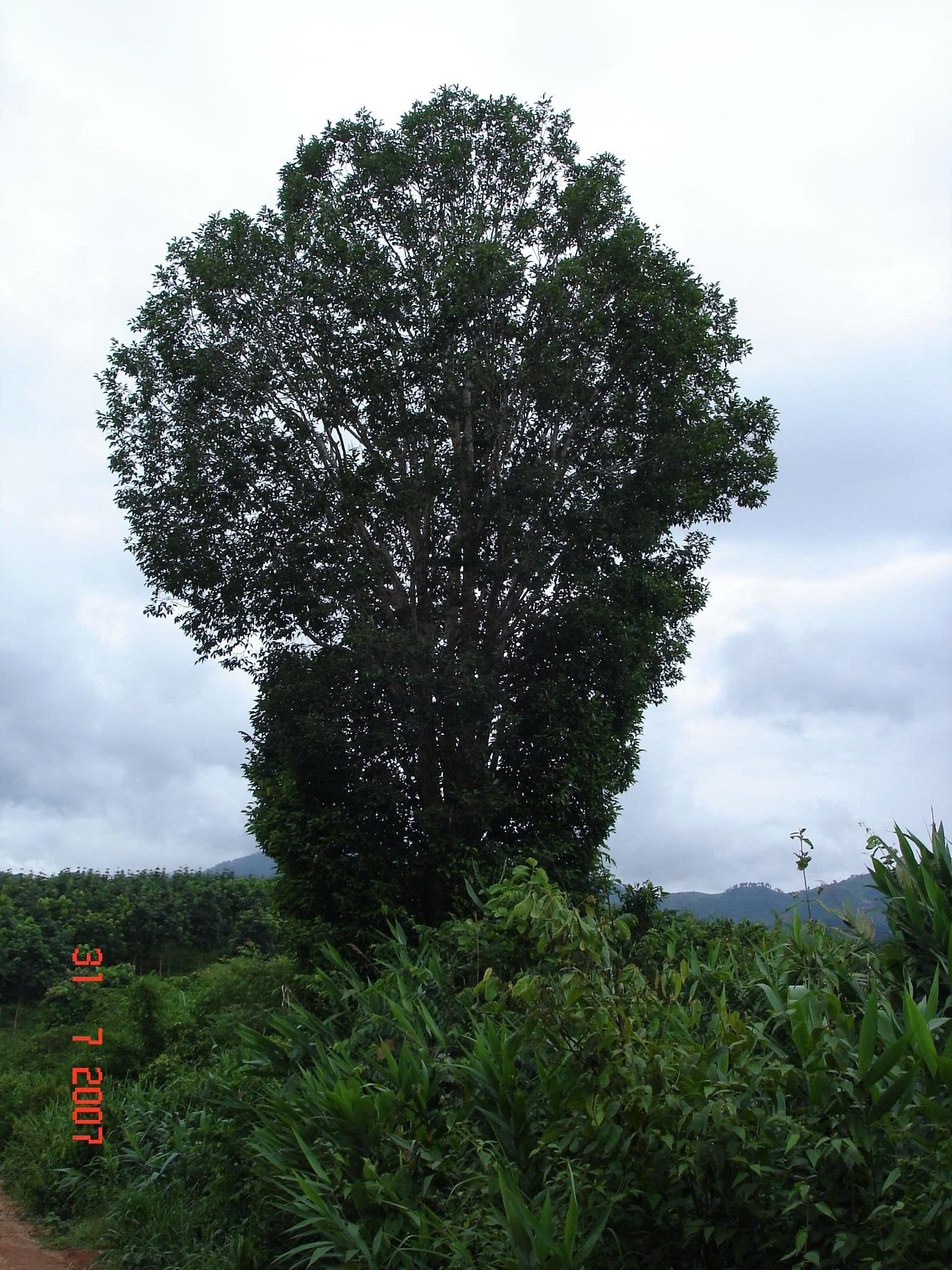
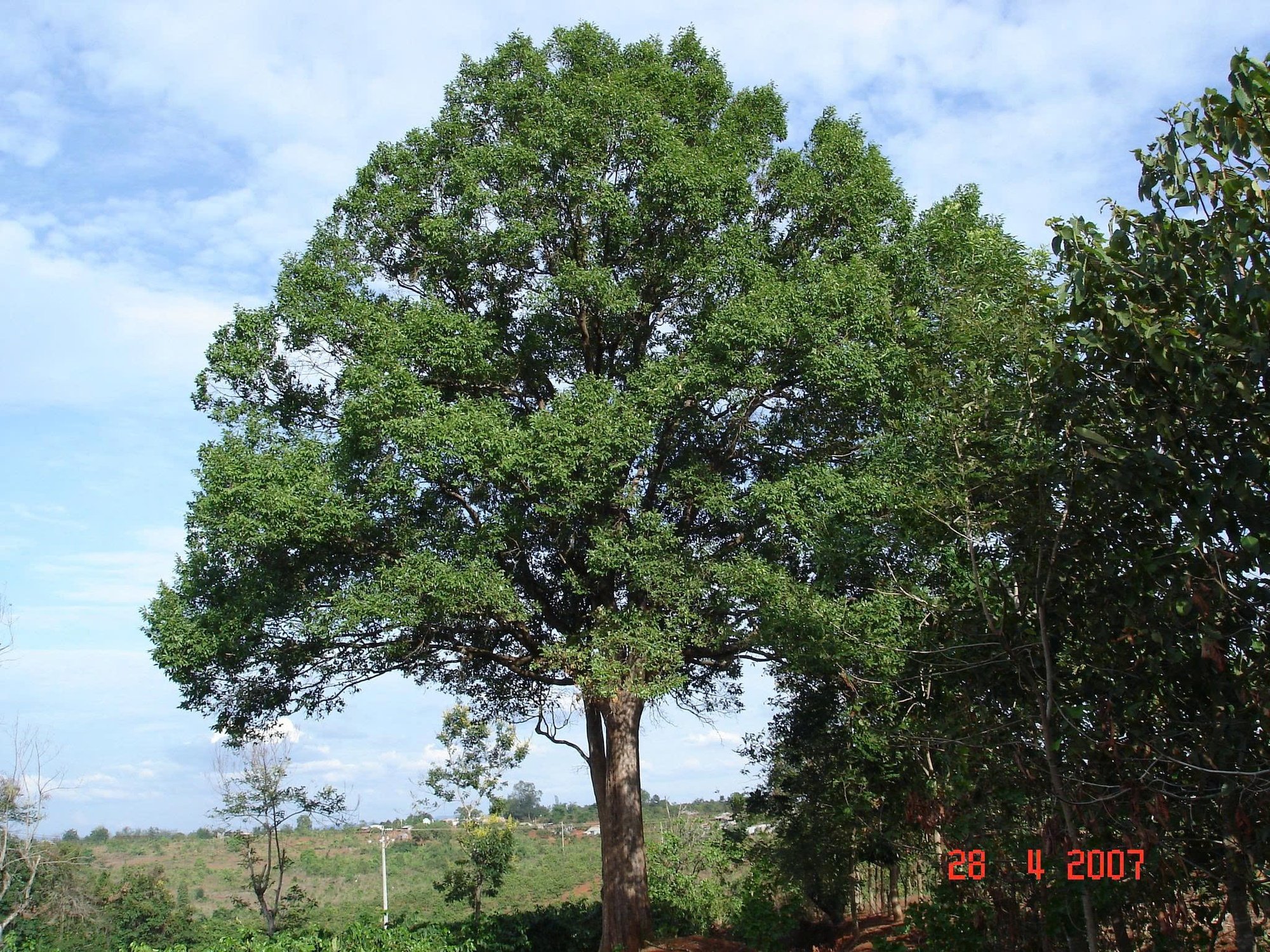
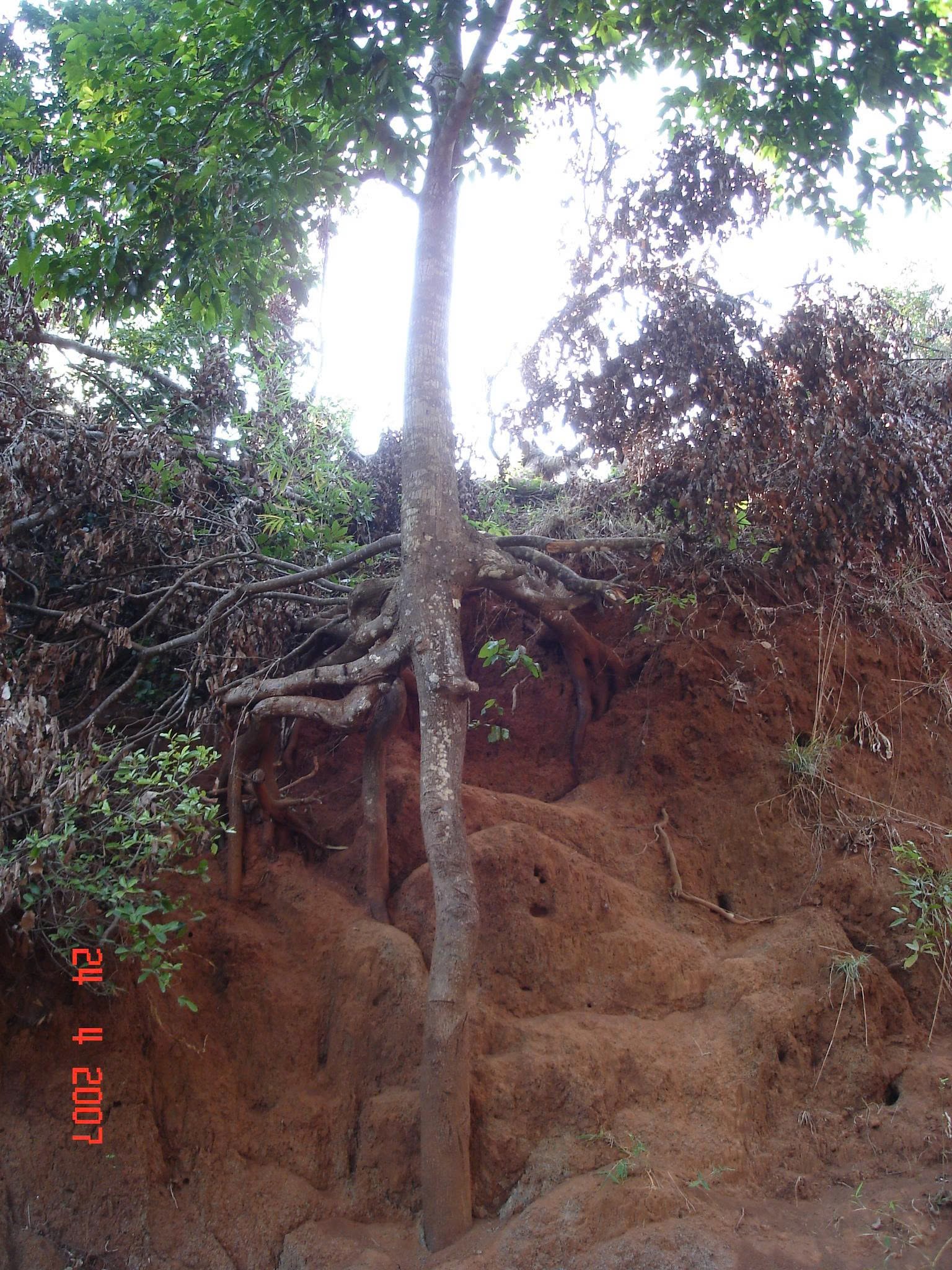

![[Photo] Prime Minister Pham Minh Chinh holds meeting to launch exhibition of national achievements to celebrate 80th National Day](https://vphoto.vietnam.vn/thumb/1200x675/vietnam/resource/IMAGE/2025/6/23/0c0c37481bc64a9ab31b887dcff81e40)

![[Photo] Prime Minister Pham Minh Chinh chairs the national online conference on combating smuggling, production and trade of counterfeit goods.](https://vphoto.vietnam.vn/thumb/1200x675/vietnam/resource/IMAGE/2025/6/23/4a682a11bb5c47d5ba84d8c5037df029)
![[Photo] Wandering through dreams](https://vphoto.vietnam.vn/thumb/1200x675/vietnam/resource/IMAGE/2025/6/24/5eacd7c04f86495cbff912448fa6e934)

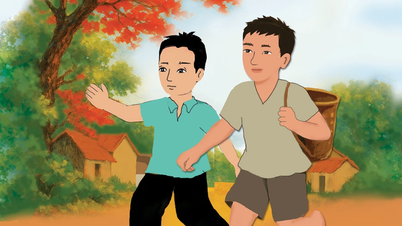



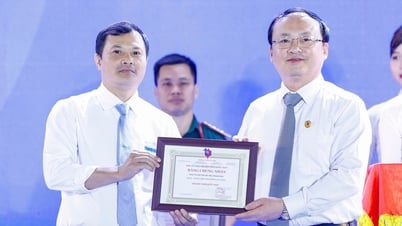
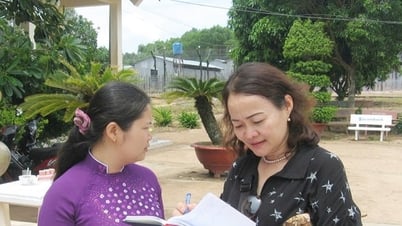



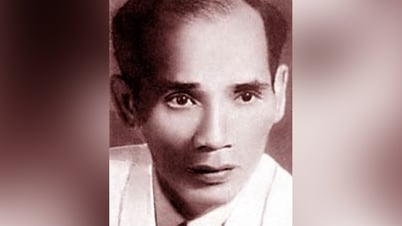
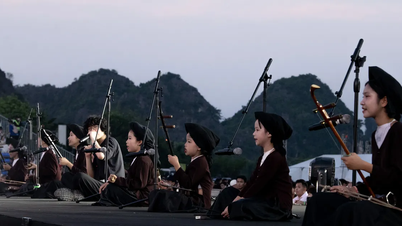

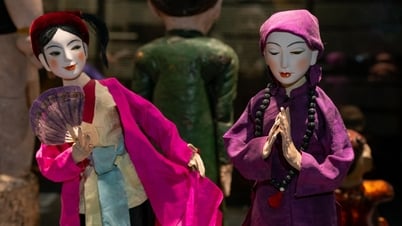
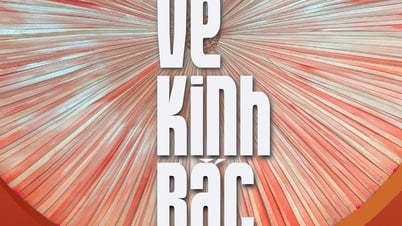
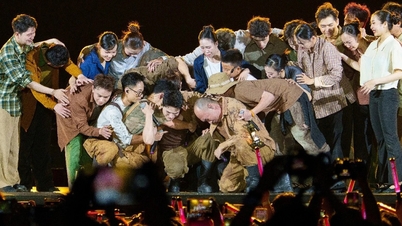
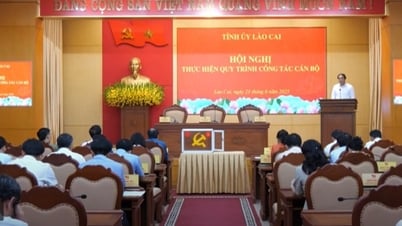








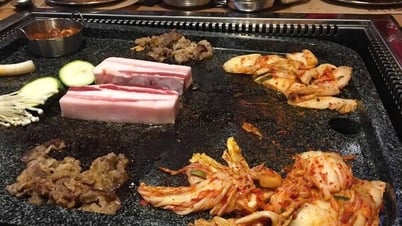


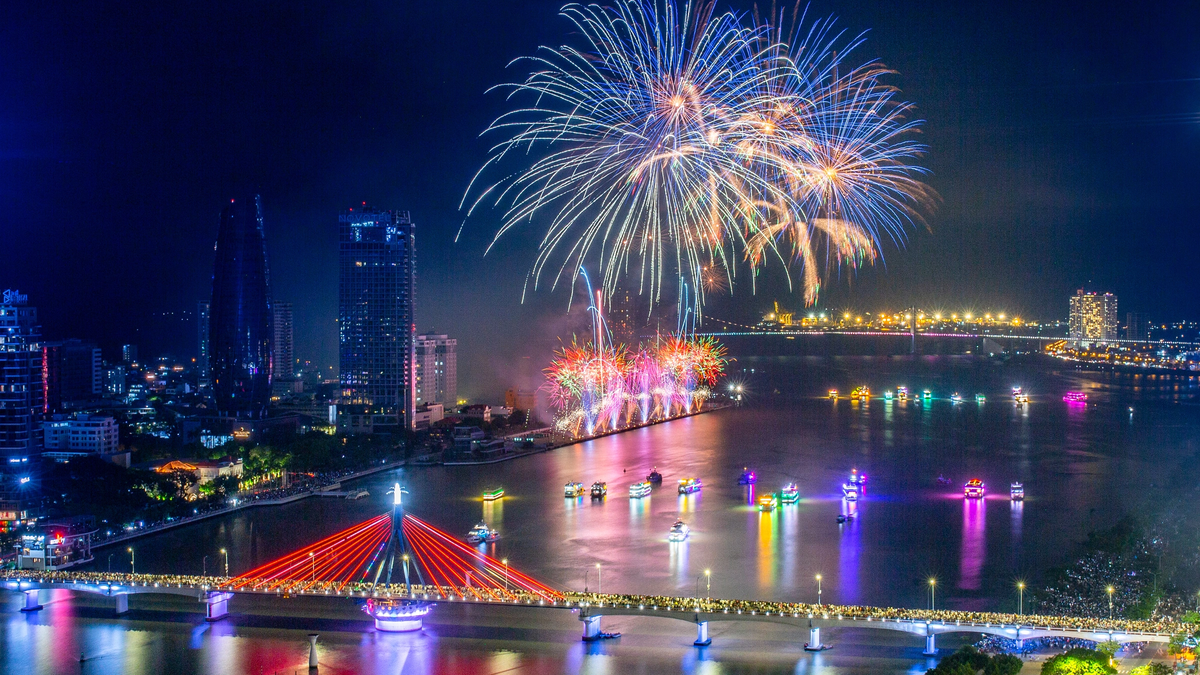






























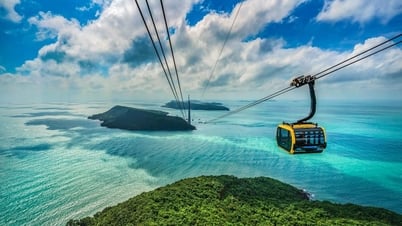
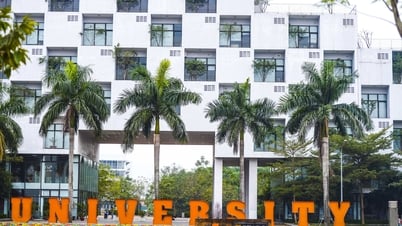






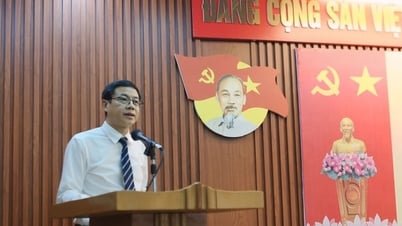
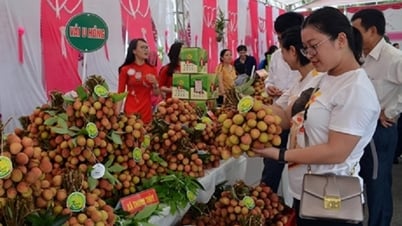

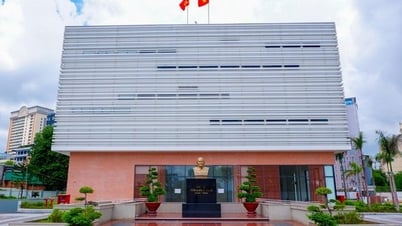

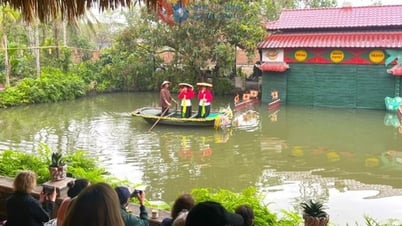

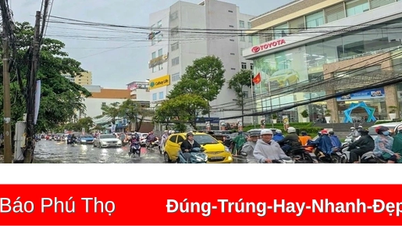


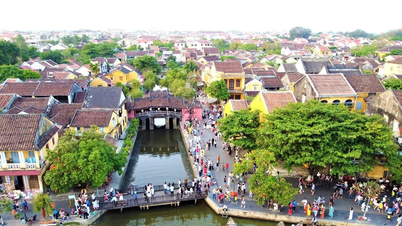

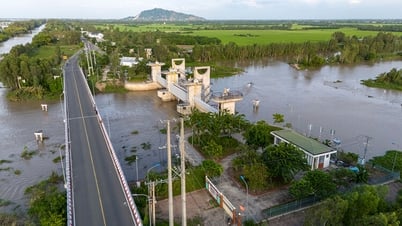

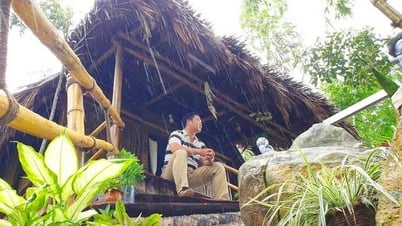













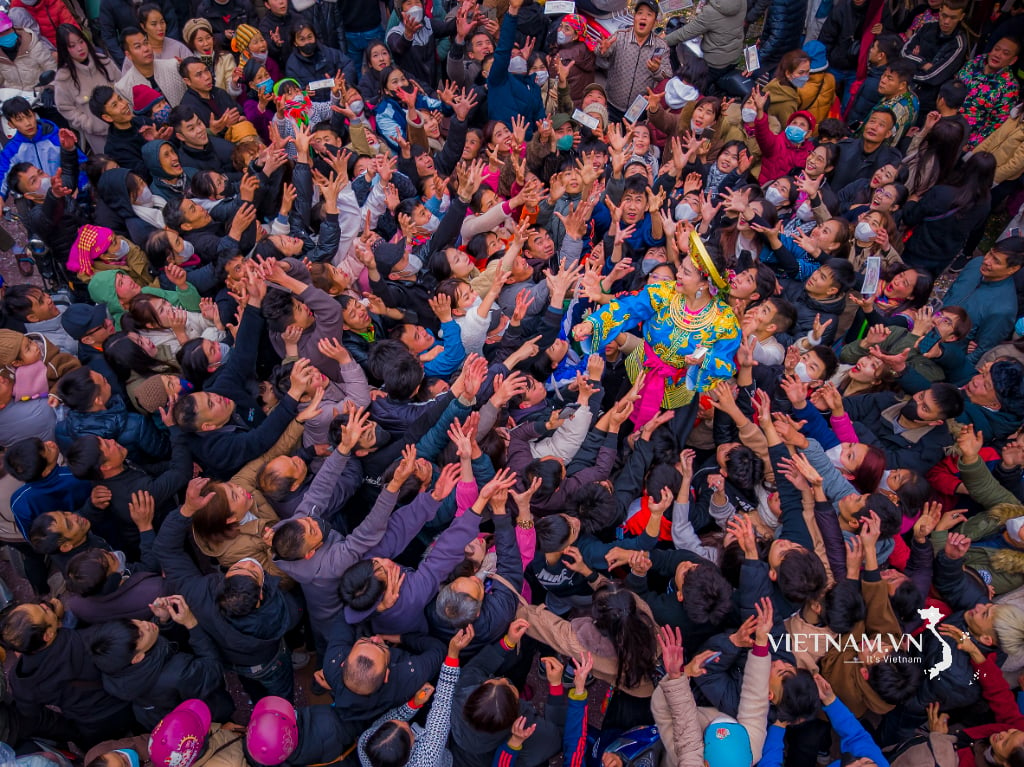
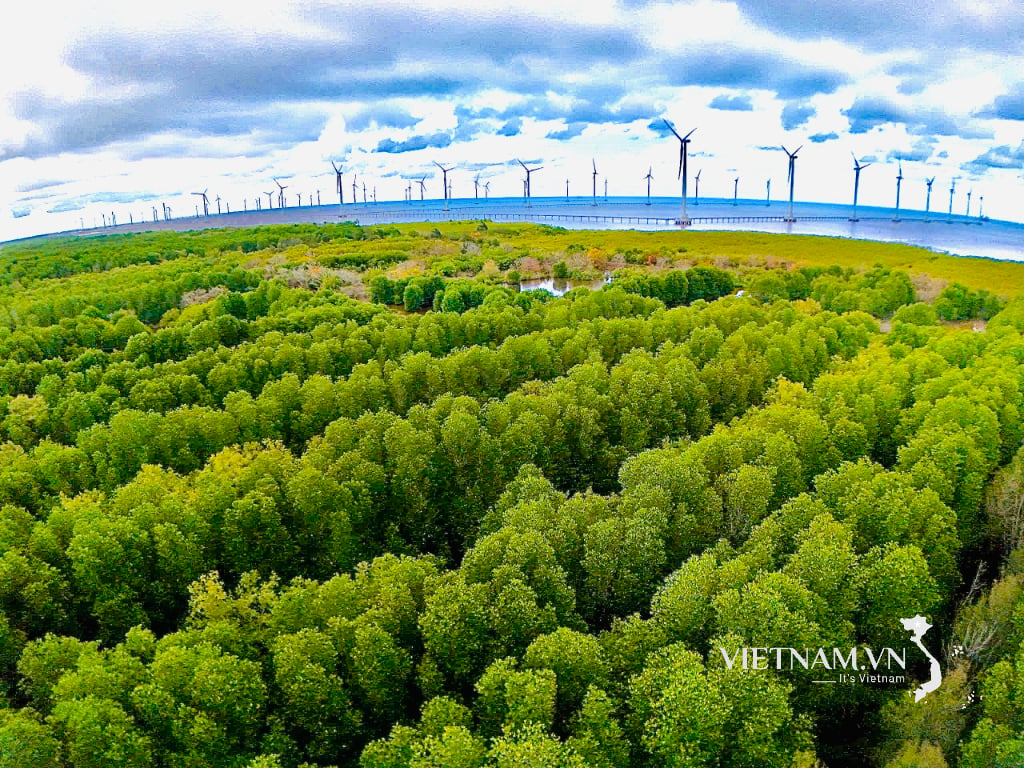


Comment (0)